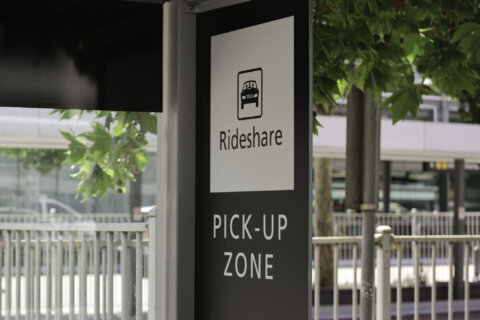WASHINGTON — That dream vacation may now be in reach as the dollar’s steady climb brings it near parity with the euro.
The currencies haven’t been equal since 2002, but now, just a few pennies separate them.
For much of the past decade, travel to Europe — for work and pleasure — came with a certain sticker shock. Travelers who did go were often selective and modest in their visits. Many others stayed home, as the low value of the dollar made it cost-prohibitive.
That isn’t the case anymore.
“I think travelers will find hotel prices — and, really, everything in Europe — much more like what they’re finding at home,” says Doug Stallings, senior editor of cruises and resorts at Fodor’s Travel.
Americans headed to Europe can now book nicer hotels and finer restaurants on the same budget as previous years — and still have money for extra souvenirs.
Even during peak summer travel times, European destinations will be unusually affordable, Stallings says.
“Even though the airfare is very high, I do feel that more people are going to look at these countries as possibilities that they can afford that they might not have been able to afford otherwise,” he says.
In particular, he highlights Scandinavian countries (which don’t use the euro). They’re often the most expensive places in Europe, but the dollar has been on the rise there, too.
Stallings says the strength of the dollar may continue to function like a discount for Americans visiting Europe.
“They may or may not want to prepay for their hotels, because the dollar may be worth even more this summer than it is now,” he says.





